TOOS Cas:82692-93-1 99% White crystalline powder
| Catalog Number | XD90066 |
| Product Name | TOOS |
| CAS | 82692-93-1 |
| Molecular Formula | C12H18NNaO4S |
| Molecular Weight | 295.33 |
| Storage Details | Ambient |
| Harmonized Tariff Code | 29221900 |
Product Specification
| Appearance | White crystalline powder |
| Assay | >99% |
| Heavy metals | <5ppm |
| pH | 6 - 9.5 |
| Loss on Drying | <10.9% |
| Solubility | Clear, colourless |
N-ethyl-N-(2-hydroxy-3-sulfopropyl)-3-methylaniline sodium salt Usage And Synthesis
Biological activity: TOOS is a highly water-soluble aniline derivative widely used in diagnostics and biological experiments.
Uses: Color reagent, used for catalase spectrophotometric determination. For quantitative determination of uric acid (UA) concentrations in human serum, plasma or urine only. Good water solubility, high sensitivity and strong stability.
Uses: Colorimetric determination of cholesterol; water-soluble reagent for photometric determination of catalase
Uses Water-soluble reagent for the determination of hydrogen peroxide by enzymatic spectrometry. The new Trinder's reagents are highly water-soluble aniline derivatives that are widely used in diagnostic assays and biochemical tests. There are several advantages over conventional chromogenic reagents in the colorimetric determination of hydrogen peroxide activity. The new Trinder's reagents are stable enough to be used in both solution and experimental pipeline detection systems. In the presence of hydrogen peroxide and peroxidase, the novel Trinder's reagent was able to react with 4-aminoantipyrine (4-AA) or 3-methylbenzothiazole sulfonehydrazone (MBTH) during the oxidative coupling reaction. Forms very stable violet or blue dyes. The molar absorbance of the dye coupled with MBTH was 1.5-2 times higher than that of the dye coupled with Chemicalbook 4-AA; however, the 4-AA solution was more stable than the MBTH solution. The substrate is enzymatically oxidized by its oxidase to produce hydrogen peroxide. The hydrogen peroxide concentration corresponds to the substrate concentration. Therefore, the amount of substrate can be determined by the color development of the oxidative coupling reaction. Glucose, alcohol, acyl-CoA and cholesterol can be used to detect those substrates coupled to the novel Trinder's reagent and 4-AA. There are 10 new Trinder's reagents available. Among the new Trinder's reagents, TOOS is the most commonly used. However, for a specific substrate, testing different classes of novel Trinder's reagents is necessary to develop the optimal detection system.
Uses: A water-soluble reagent for the determination of hydrogen peroxide by enzymatic photometry.



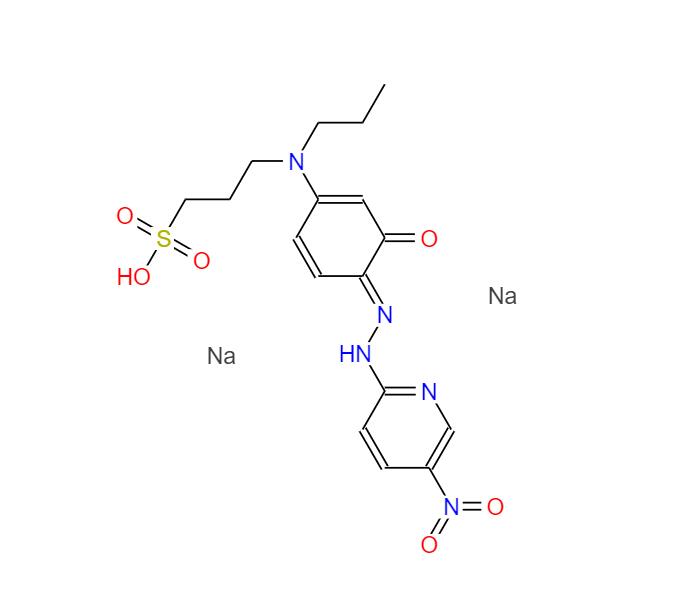
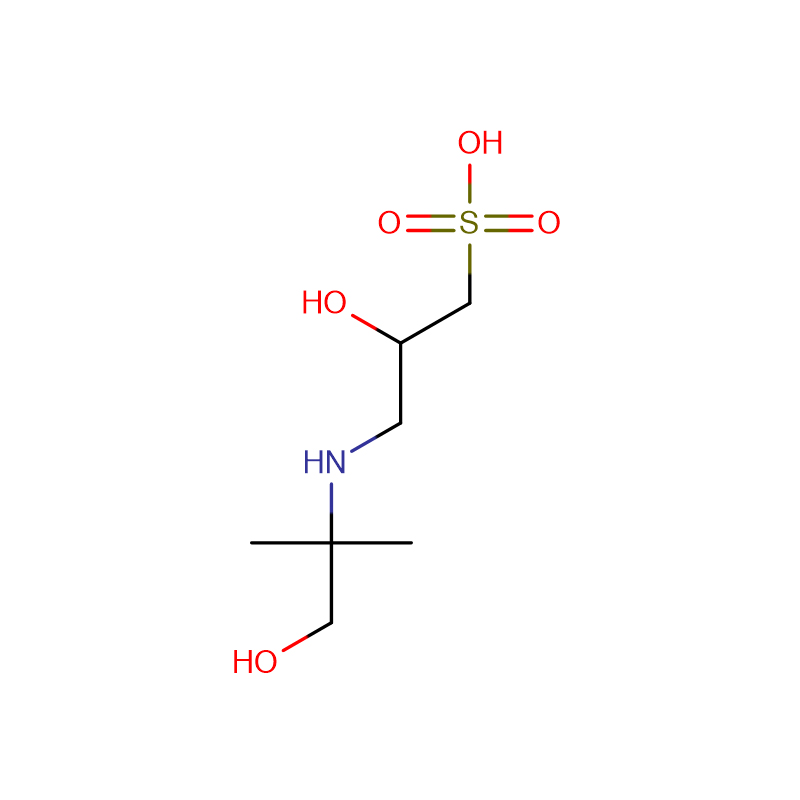
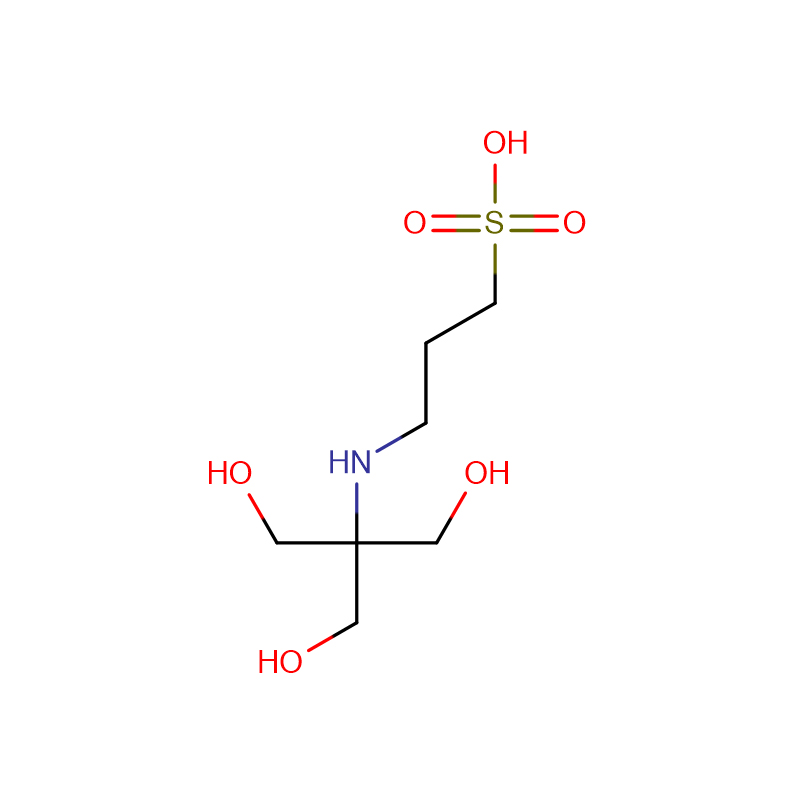
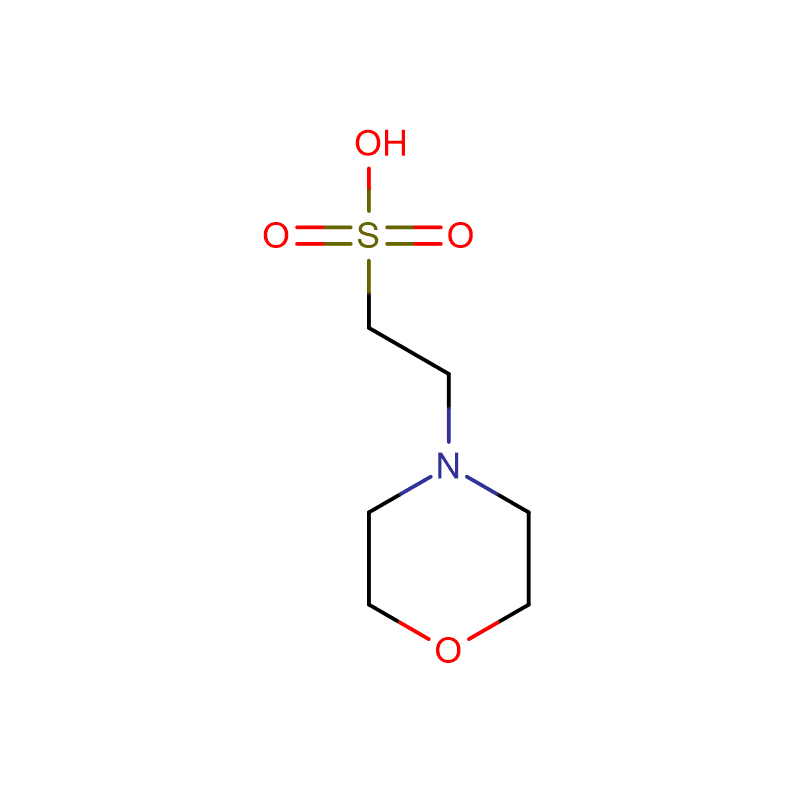
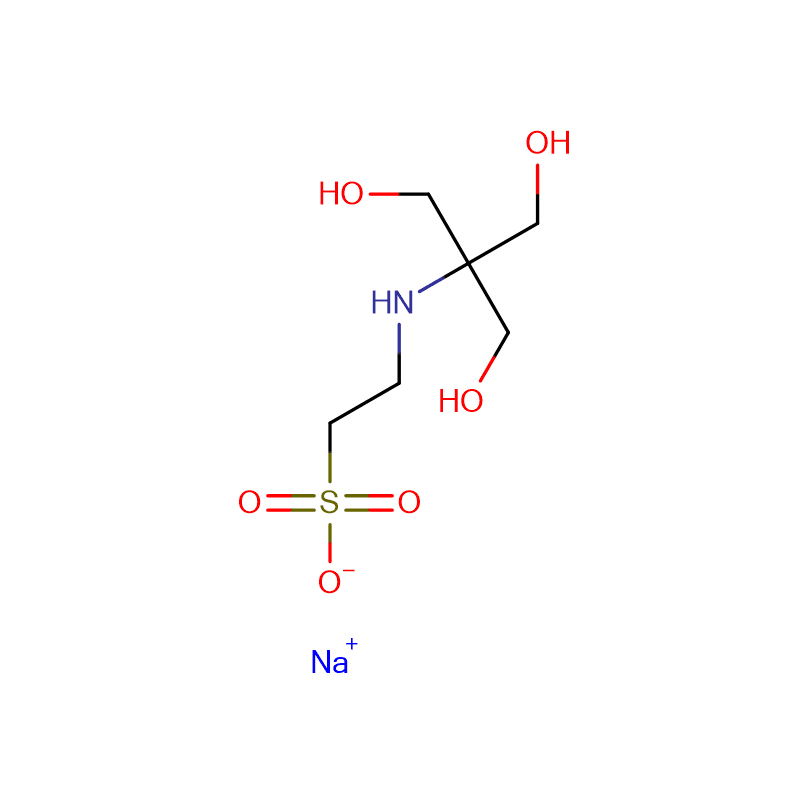
![BES Cas: 10191-18-1 White powder 99% 2-[N,N-Bis(2-hydroxyethyl)amino]ethanesulfonic acid](https://cdn.globalso.com/xdbiochems/10191-18-1.jpg)